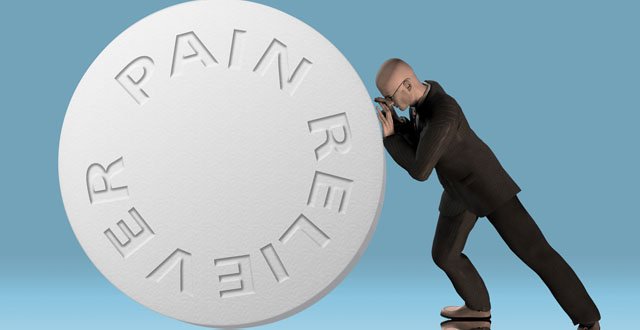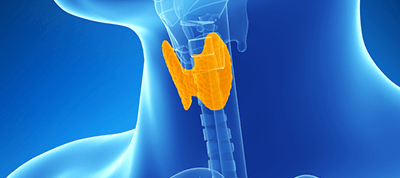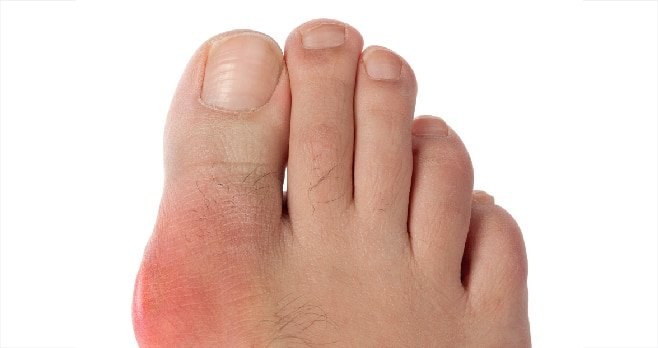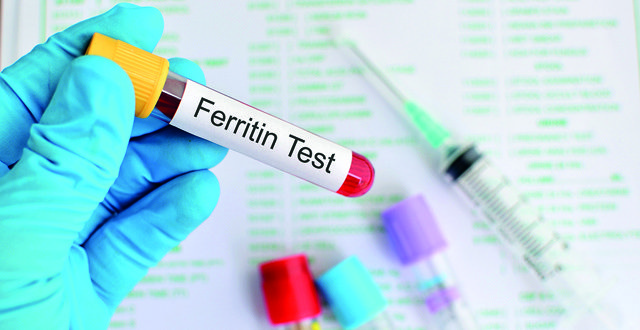Chronic or persistent pain is any type of pain that lasts more than three months.<sup>1</sup> As we know, the assessment and management of persistent or chronic pain in general practice is challenging due to its complex multimodal nature. Dr Rukshan Goonewardena, GP Principal, Ballyjamesduff Family Practice, took part in the 2017 pain management programme devised and conducted by IQVIA, a global research organisation specialising in health information technologies and clinical research, with funding and support from Grünenthal Pharma Ltd and with input from Joanne O’Brien, a registered advanced nurse practitioner in pain management. As Dr Goonewardena explains: “This pain programme was specifically designed to support GPs and practice nurses with the management of our patients diagnosed with persistent pain who have been prescribed a step two or three pain medication for 12 weeks or more.”
“It is important to note that you will need to allocate valuable time and resource to this programme, but the reward for your investment could be better management of your patients with persistent pain and an improvement in future consultations”, noted Dr Goonewardena. “When conducted in my own practice, this programme showed improvements in: Pain scores; the proportion of patients with poorly-controlled pain; and in the number of work days missed due to pain. For me, it clearly demonstrates the impact advice and education can have on this patient group in a real-world setting”, continued Dr Goonewardena.
<h3><strong>The Pain Clinics </strong></h3>
Patients identified were invited to attend a pain management review clinic with a registered nurse from IQVIA. The objectives were to help patients achieve better pain control and provide advice and resources on physical and psychological coping strategies so they could improve their quality of life.
Dr Goonewardena explained: “To identify patients that met the criteria, the nurse running the clinic did desktop research; we then went through the list to apply our own knowledge of the patients’ current treatment plan.”
For the initial clinics run across Leinster in 2017, 629 patients were assessed and 52 patients attended the re-assessment clinics.<sup> </sup>In the initial assessment, 67 per cent of patients attending the clinic did not have a pain management plan,<sup>2</sup> whereas, 88 per cent of those who attended the second clinic had a pain management plan in place<sup>3</sup> — showing the benefits of the programme.
<img src=”../attachments/ce7de9e5-6bde-4b8b-910a-dc3e20bea991.PNG” alt=”” />
<strong>Dr Rukshan Goonewardena</strong>
<h3><strong>What happened in the clinics?</strong></h3>
“The nurse booked in 30-minute pain review consultations with patients. The consultation was broken down into four stages: Pain assessment; review of their current treatment plan; a quality-of-life assessment; and then advice was given on a new treatment plan, if required,” explained Dr Goonewardena.
<h3><strong>Stage 1: Pain assessment /description of the pain</strong></h3>
Initial assessment should be holistic and should include an evaluation of the following:
The type of pain the patient is experiencing — nociceptive (aching, localised) and/or neuropathic (burning, shooting, stabbing<sup>4</sup>). <br /> Example of prompting questions: ‘Where does it come from?’ ‘Where does it travel to?’ ‘What does it feel like?’
The severity of the pain — review their pain score using a numerical pain rating scale. <br /> Example of prompting questions: ‘How intense is your pain?’ ‘What is your pain score between 0-10?’ ‘Does your pain score change throughout the day?’
The impact of the pain — quality-of-life issues, such as sleeping patterns and general mobility. <br /> Example of prompting questions: ‘Does your pain wake you at night?’ ‘Does your pain prevent you from working?’ ‘Does your pain score change throughout the day?’
<h3><strong>Stage 2: Review of current treatment medication plan </strong></h3>
The times, frequency, doses and route that pain medication was administered on a day-to-day basis were reviewed and adherence and compliance to prescriptions were evaluated. Pain scores — pre- and post-administration of these medications — were identified and recorded. Patients were educated on the WHO Pain Ladder and the benefits of set scheduled dosing versus PRN to give therapeutic pain control. Treatment plans were reviewed, including when the patient took their medication and evaluated if they were adhering to the prescription. “The aim was to achieve better therapeutic pain control by developing a new treatment plan or adapting a current plan. All medication decisions were made by me, in consultation with the nurse,” noted Dr Goonewardena.
<h3><strong>Stage 3: Quality-of-life assessment</strong></h3>
Information on patients’ mobility, their schedule of activity and how pain affected their daily routine were evaluated. The nurse examined whether patients were able to work due to pain, how it affected their sleeping patterns and assessed how patients felt their pain was controlled in the past week.
“Quality-of-life issues are prevalent in people with persistent pain, so this assessment was really useful to understand how pain is affecting their lives and what tactics could help them. For example, if they were very active and their pain crept up, they may have needed to medicate earlier to prevent the pain worsening”, says Dr Goonewardena.
<h3><strong>Stage 4: New treatment plan and advice</strong></h3>
Patients were assessed for quality-of-life scores, pain scores, as well as medication adherence and non-pharmacological interventions. After this, the nurse concentrated on non-pharmacological interventions, including:
Pacing: Speak to the patient about adapting their day to prevent and manage pain and ultimately reduce flare-ups. The nurse explained pacing and how it works.
Physical therapy: Explain the benefits of physical therapy in terms of mobility. Highlight the importance of physiotherapy, perhaps refer them on to a physiotherapist following the appointment. If they are attending physiotherapy already, go over their plan to encourage them to maintain and prevent further deterioration or damage.
Self-management: Assess whether they have tried self-management classes. Look up local classes with Chronic Pain Ireland and Arthritis Ireland. Look up local gyms for hydrotherapy in heated pools. The Men’s Sheds was recommended as an option for men. The Men’s Sheds arrange talks, physiotherapy and aqua aerobics.
Mindfulness: Explanation of mindfulness and how it can help with anxiety and sleep. Play a meditation (from a phone) to help the patient understand what it is and if it’s something they would like to try.
Cognitive behavioural therapy: Work on elevating their mood by taking them through cognitive behavioural therapy worksheets. This involved motivational tasks to help get patients out, eg, for a short walk every day.
The results from the pain review clinics show a 21 per cent reduction in the proportion of patients experiencing moderate to severe pain, a 6 per cent drop in the proportion of patients who missed work days in the last week due to pain, and a 60 per cent decrease in the proportion of patients waking three-to-four times a night due to pain.<sup>3</sup>
“The results of this pain programme are very impressive; I have seen a drop in pain levels in my own practice and patients are now more willing to take part in non-pharmacological measures to improve their quality-of-life. I highly recommend conducting this programme in your own practice,” concluded Dr Goonewardena.
Bridges S. (2012) <em>Health Survey for England 2011: Chronic Pain</em> (Chapter 9, pp291-323). Health and Social Care Information Centre. Available at: https://files.digital.nhs.uk/publicationimport/pub09xxx/pub09300/hse2011-ch9-chronic-pain.pdf (Last accessed May 2018).
<em>Grünenthal Pain Audit Report</em>. Developed by IQVIA. January 2018
<em>Grünenthal Pain Re-Audit Report</em>. Developed by IQVIA. January 2018.
International Association for the Study of Pain. Classification of Chronic Pain. <em>Pain</em> 1986; Suppl 3: S1-S226.
<strong>Date of preparation: May 2018</strong>
<strong>IRE/MPF18 0005</strong>










Leave a Reply
You must be logged in to post a comment.